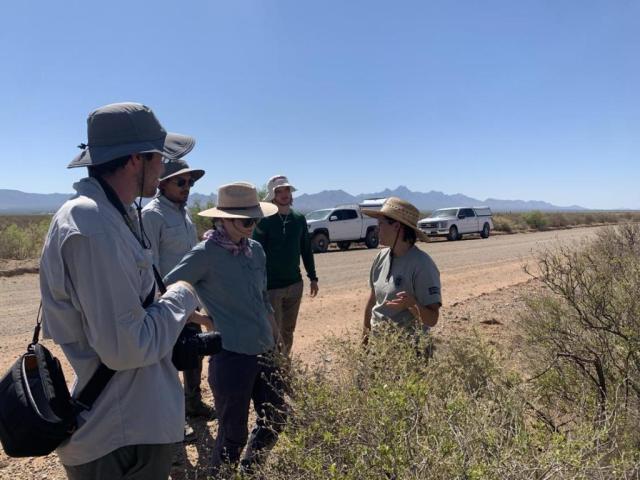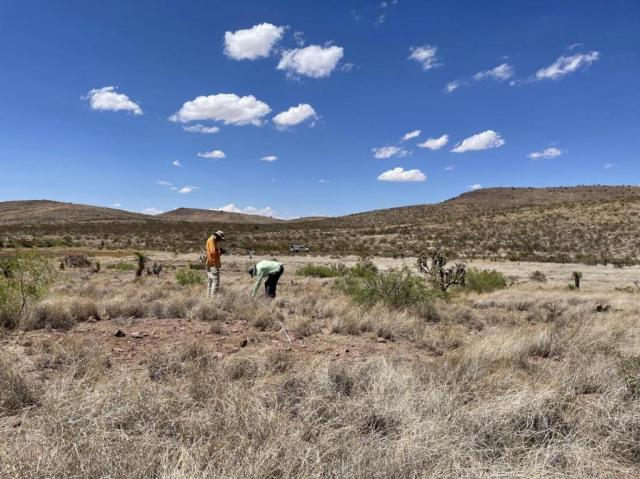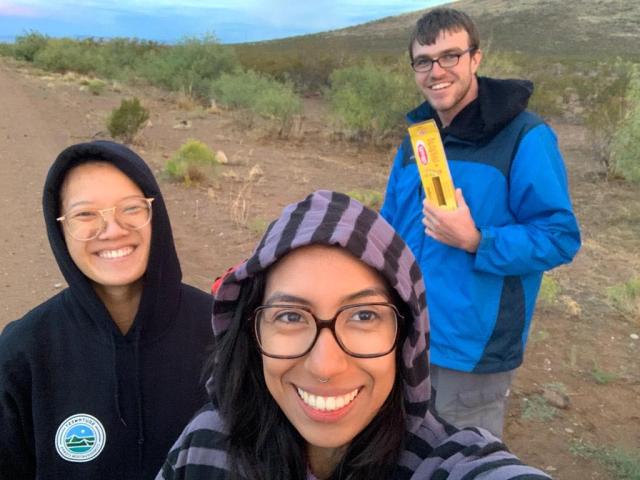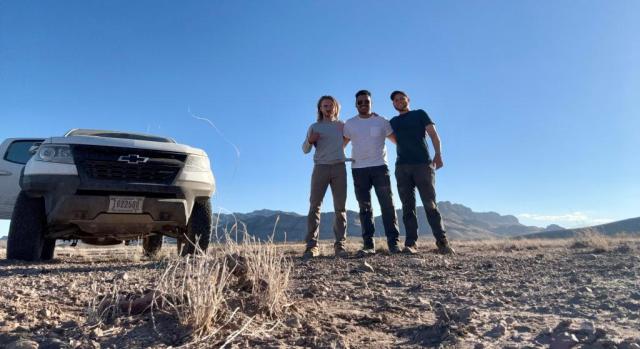Related Stories
- State of New Mexico officials honor BLM firefighters for Camp Fire response
- Phosphate mining in Florida sustains supply chains, sets standards
- Partnership drives ongoing habitat restoration in Muddy Creek watershed
- Oklahoma Field Office staff teach Petroleum Engineer Technician course
- Carlsbad Field Office celebrates 100 years of potash
Office
1800 Marquess Street
Las Cruces, NM 88005-3371
United States




